Earthquake resistant construction – Earthquake design and earthquake measurement of structural systems
Eartquakes don’t kill people, buildings do.
One of the greatest dangers during an earthquake are collapsing buildings. This is precisely why many countries now have numerous standards and guidelines that make earthquake-resistant or earthquake-compliant construction mandatory – to protect people, to minimize damage and to limit any consequential damage.
From an adaptation of the floor plan to basic insulation to active or passive vibration mitigation using absorbers and dampers: There are numerous concepts to make large and small structures earthquake-resistant in the event of an emergency and to avoid failure of the supporting structure. At Wölfel, we have been dealing with this issue for decades and will provide you with advice on all aspects of earthquake-resistant and earthquake-compliant construction - both for new buildings and for recalculation and retrofitting.
In this field we’d like to highlight the following services we offer:
- Preparation and review of specifications on the subject of earthquakes
- Design of structures made of reinforced concrete, steel and masonry for the load case earthquake according to European and international standards such as DIN EN 1998-1 and ASCE 7
- Verification of the load-bearing capacity and serviceability of structures and components made of reinforced concrete, pre-stressed concrete, steel and masonry
- Analyses by means of static or dynamic calculation methods as well as time history calculations
- Design of earthquake protection systems such as seismic isolation, dampers or absorbers
References
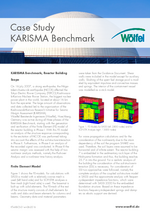
On 16 July 2007, a strong earthquake, the Niigataken-chuetsu-oki earthquake (NCOE) affected the Tokyo Electric Power Company (TEPCO) Kashiwazaki-Kariwa Nuclear Power Station, the biggest nuclear power plant in the world, located at about 16 km from the epicenter. The large amount of observations and data collected led to the organization of the Kashiwazaki-Kariwa Research Initiative for Seismic Margin Assessment (KARISMA). Woelfel Beratende Ingenieure (Woelfel), Hoechberg, Germany was active during all three phases of the KARISMA Benchmark, starting with the generation and verification of the Finite Element (FE) model of the reactor building in Phase I.
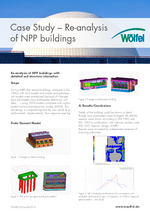
For two NPP sites several buildings, analysed in the 1980s with stick models and simple spring-dampersoil models were re-analysed because of changed input parameters (new earthquake definitions, soil data, …) using 3D-FE-models combined with sophisticated soil-structure-interaction models (SASSI).
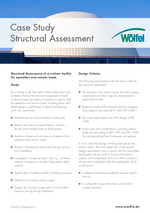
For a facility in the ‘front end’ of the nuclear fuel cycle located in France the structural assessment of steelwork and pipework systems located on a seismic slab for operation and seismic loads including basic and detail design is performed.
Please contact me personally
________
I will be happy to advise you on questions relating to the standard-compliant seismic design of structural systems.

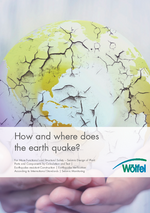
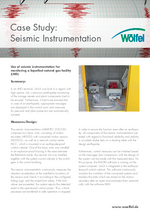

![[Translate to English:] [Translate to English:]](/fileadmin/_processed_/b/b/csm_2021-12-foerderband-saftflaschen-iStock-1253733832-gekauftk_5764ae728a.jpg)

